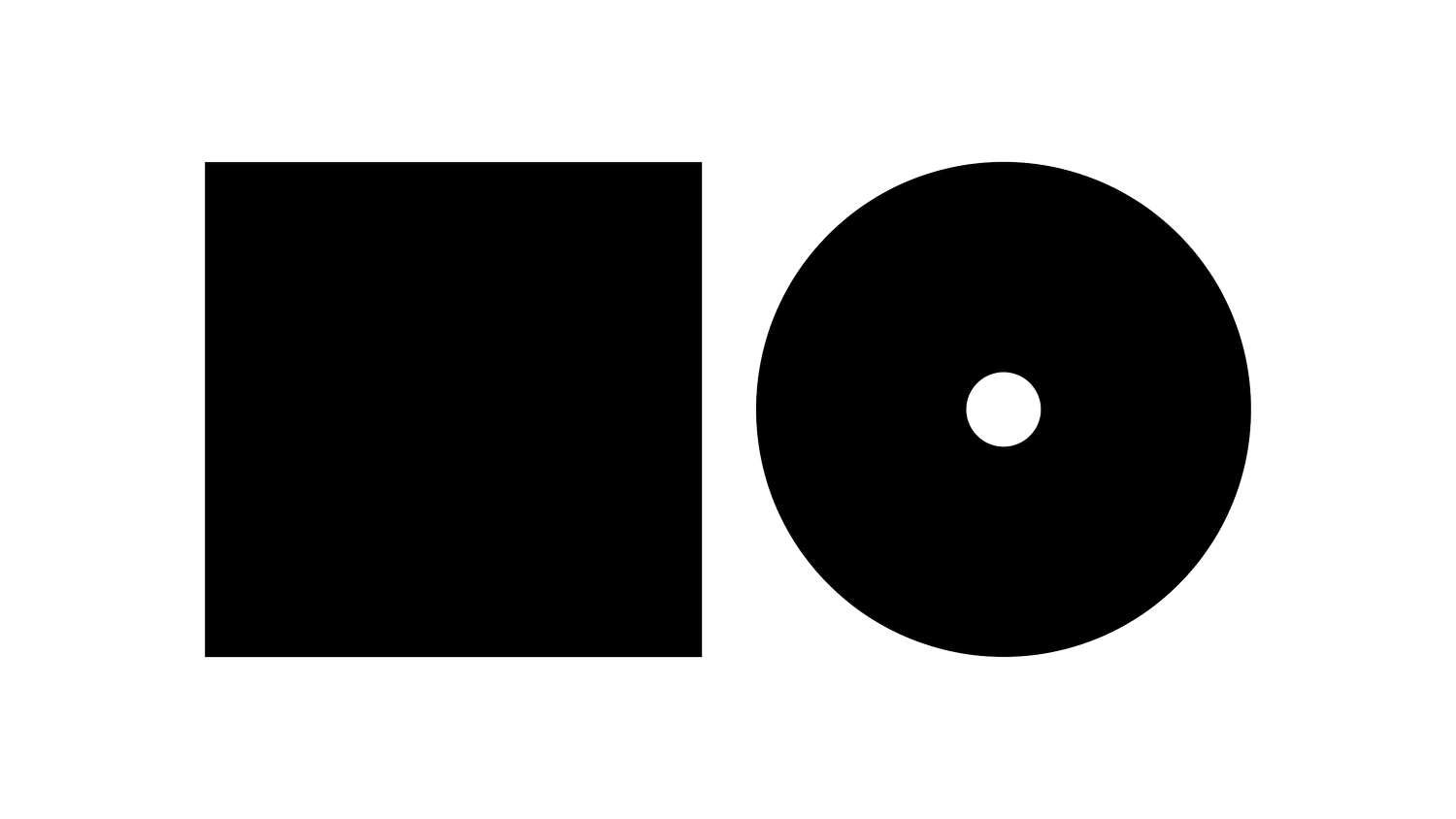P R O L E A R N
Software plays a crucial role in enabling and accelerating the transition to circular and regenerative systems. It provides the tools and platforms necessary to track, analyse, and optimise resource flows, product lifecycles, and ecosystem impacts.
Key Applications
Lifecycle Assessment: Software that analyses the environmental impact of products throughout their entire lifecycle.
Material Tracking: Platforms that enable traceability of materials from source to end-of-life.
Predictive Maintenance: AI-driven software that optimises product longevity and reduces waste.
Circular Design Tools: CAD software with built-in circularity principles for product design.
Benefits
Enhanced Resource Efficiency: Software can improve resource utilisation by up to 30% through optimised tracking and allocation.
Waste Reduction: Digital platforms for sharing and reusing resources can reduce waste by up to 50% in some industries.
Improved Decision Making: Data-driven insights enable more sustainable choices throughout the value chain.
Challenges and Considerations
Data Integration: Ensuring seamless data flow across different systems and stakeholders.
Privacy and Security: Balancing transparency with data protection in material tracking systems.
User Adoption: Overcoming resistance to new software systems and processes.
Innovative Solutions
Blockchain for Circular Supply Chains: Ensuring transparency and traceability in material flows.
AI-Powered Material Marketplaces: Matching waste streams with potential users to create closed-loop systems.
Digital Product Passports: Software that tracks product information throughout its lifecycle, facilitating repair, reuse, and recycling.
Future Outlook
As technology advances, we can expect more sophisticated software solutions that integrate AI, IoT, and blockchain to create fully automated, self-optimising circular systems. The development of standardised protocols for data sharing across industries will likely accelerate the adoption of circular economy software.
Call to Action:
Evaluate your current software systems for opportunities to incorporate circular economy principles. Consider piloting innovative software solutions that can help track material flows, optimise resource use, or enable new circular business models in your organisation.



